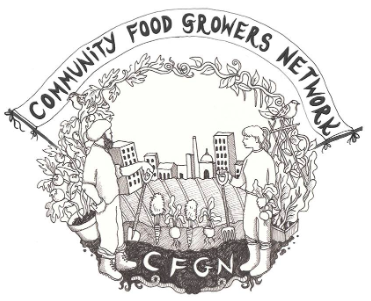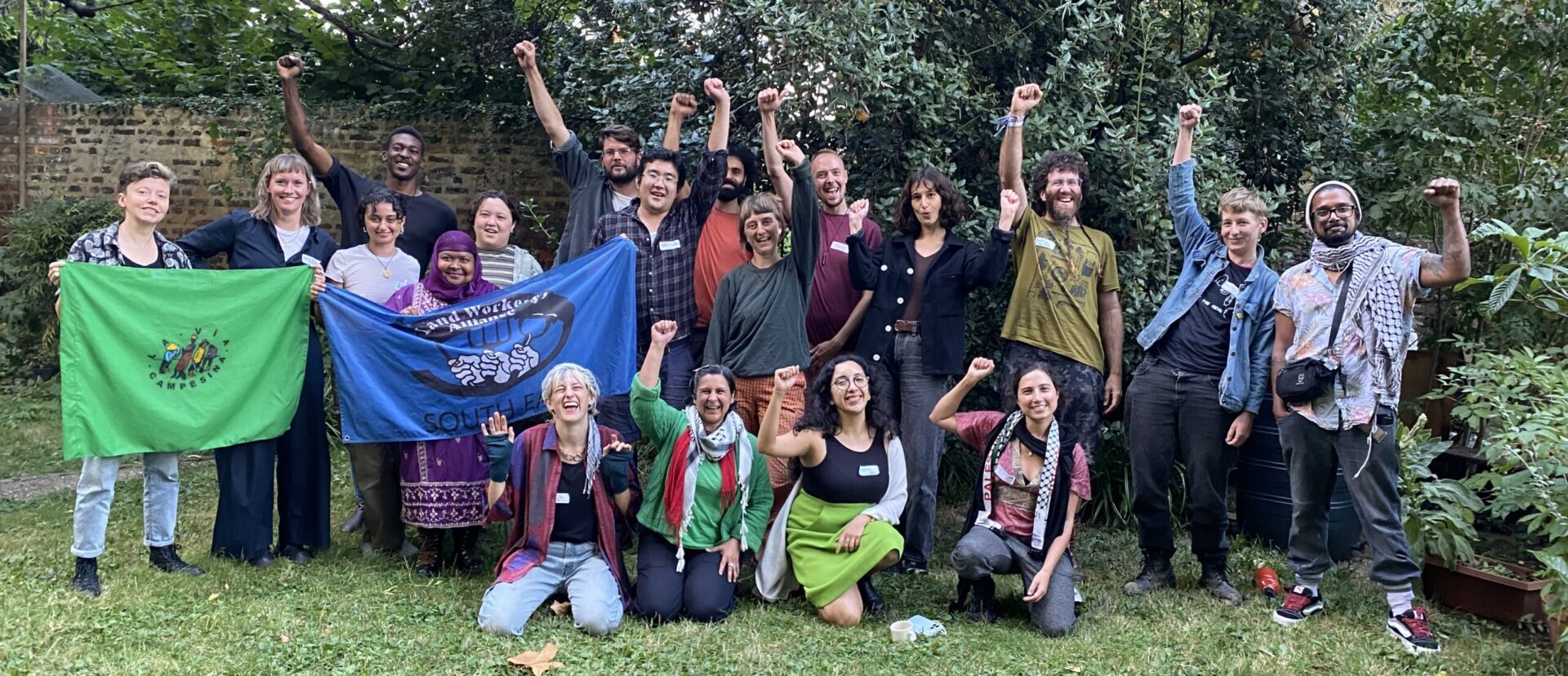On Gentrification
Written by Leslie Barson of London Community Neighbourhood Co-Operative
When thinking about movements concerned with land, food and housing in the early 21st century, the process of gentrification is central. It is a process that moves us away from a system whose policies and projects are based around the needs of people to one based on the needs of international capital with land, food and housing seen as a way to invest capital to hold or gain in value. This skews our relationship, at the most basic level, to these most basic human rights.
This article is written with the material gathered at a workshop held at Land for What Conference, November 2016. It should be seen as a beginning attempt to unravel questions around gentrification, a collection of ideas, a start of a debate. To understand the concept and its process the workshop asked two main questions:
- What is gentrification?
- How is it done?
Although these questions seem easy we found, on thinking about them, they are deceptively difficult. Gentrification is a vast topic affecting every area of life. It is not just about land, food and housing but about employment, shops, finance, health, family culture and personal choices.
First we generated ideas around the question “What is gentrification?” The word is from and includes the word ‘gentry’ implying a small section of society that is higher and better off than others through an accident of birth. Gentrification comes in waves in deprived areas where land values start low and is a mixture of improvement of an area with displacement of the original residents, a process of social change. It is social cleansing of the working class, pubs and community venues, markets which are replaced by expensive pubs, shops and restaurants with money made at with every action bringing only certain types of new jobs, cashiers and service industry low pay with little future. Those displaced must start all over again which requires lots of energy and time. It is a subsection of colonisation both of land and culture and a continuation of imperialism with middle class white western values (the gentry) seen as the only ones. This is an implied subtext of ‘you can’t fight the tide’ which is designed deliberately to stop any opposition to gentrification.
The second question asked how the processes of gentrification works and identified a typical process. Here is a brief rundown of the process we identified. Local government intentionally neglects areas of land or housing they have designated for ‘regeneration’ running down the area or housing stock. Artists and “meanwhile” projects move in as the rents go lower. These can be paid for by the Council to create a ‘vibe’ or make area seem interesting in what had been considered to be a run down or crime ridden area.
Sub-standard housing caused by the policy of neglect is then used as an excuse to bring in plans to demolish the buildings with the promise of replacement of ‘affordable’ housing together with equal numbers of housing for sale. The plans are kept secret in that they change constantly and the changes are not made visible to the public. ‘Consultations’ are held where an outline of the plans are presented. The consultation suggestions made by residents are incorporated only when they raise the price of the private housing i.e. more green space added. The local population is split into as many diverse groups as possible through different tenancies and irrational allocation of new housing to divide and rule over any opposition.
Public land is given over to these process raising property values and is therefore said to be the solution to local councils budget problems as well as the ‘housing crisis’. Public housing is given to housing associations to manage leaving public ownership. In some cases public land and housing can be leased on 299 year leases to developers so the Councils can still claim they own the land. Developers move in demolishing and building to ‘remedy’ the manufactured situation creating more housing to help solve the ‘housing crisis’. This housing is then sold to new people who can afford to buy into the area. Once developments are built established businesses are forced out by rent increases. There is a loss of shops and light industrial spaces as the land is taken for more housing. When done all spaces have to be paid for to use, even for entertainment. So there is nothing to do for those who have little money. The original residents, even if stay in area at the same rent, find it difficult to remain because of the rise in all other costs of area, for example council tax and service charges. Corporate shops move in raising the costs of shopping in the area. The artists who moved in at the start of this process can no longer afford to stay and leave the area. Although the details may change, the process outlined here has been repeated many times across deprived areas and is happening all over London right now.
Lastly, the workshop looked at the issue of gentrification and food. The discussions outlined five main issues and how we can act in response to these issues
- Loss of allotments and community gardens
With regard to the loss of allotments and community gardens we can use community gardens to connect and socialise, not only to garden. They can be play and art spaces where people of all ages are welcome without spending money. We can plant gardens of resistance thinking about ways we can own land in common and safeguard it in perpetuity.
- Cost of food
To mitigate and reverse the rising cost of food and loss of local shops we need more food assemblies linked to class opening up access to training and growing food at affordable prices.
2. Understanding how government works
We need to understanding how government works and try and get more people involved with discussions, building capacity, involving local councillors and trying to overcome the boredom of local planning bureaucracy. This is locally based slow work but vital for a real change.
3. Food cultures
Supporting small food businesses is crucial to mitigate transport costs and pollution, the loss of cultural food, cultural food appropriation and to encourage access to low cost nutritious food. There is a tension between affordability, cultural food and the environment impact and carbon footprint that needs further unpacking and addressing
4. Access to food
Junk food is easier to access than ‘real’ food, to help combat this we need more community kitchens, improving and connecting food and where it comes from with more local community food production.
Gentriication affects all areas of life, is long term, complicated and difficult to see in its entirety. The ways to prevent it have to be long term and multi-pronged.
With thanks to all who attended this workshop. I really enjoyed delving into the notes from the workshop again after a break and realising how much depth of thought there was in the room. I hope I have included the ideas correctly. If not, I apologise profusely. This article is meant to encourage further thought. There is a lot more work to be done.

